New Scientist covers the latest developments in science and technology that will impact your world. New Scientist employs and commissions the best writers in their fields from all over the world. Our editorial team provide cutting-edge news, award-winning features and reports, written in concise and clear language that puts discoveries and advances in the context of everyday life today and in the future.
Elsewhere on New Scientist
Do look up • Getting to grips with our place in the universe can offer a grand source of comfort
New Scientist Australian Edition
The stars align for cosmologists
The youthful face of Jupiter? • An Earth-sized storm on Jupiter known as the Great Red Spot may be a recent addition
World’s oldest wine found in 2000-year-old Roman tomb
Overheated trees are contributing to urban air pollution
AI reads brain activity to tell which bit of a movie you are watching
Quantum ‘super behaviour’ could create energy seemingly from nothing
Meet Lokiceratops, the frilliest of dinosaurs
The dark side to brightening clouds • Climate models suggest that a possible scheme to cool the western US by geoengineering clouds could work, but may have severe consequences in Europe, finds James Woodford
Analysis Health • Should people with obesity be paid to lose weight? Studies suggest that financial incentives lead to weight loss, but whether the approach is sustainable or cost-effective remains to be seen, finds Grace Wade
Sleeping on the job • Prizewinning photo captures cuckoo bees clinging to grass as they snooze
Driverless cars safer than humans – when it’s light
Maxwell’s demon invoked on the largest scale yet
Easter Island’s supposed population collapse probably never happened
Sick chimps seek medicinal plants • Chimpanzees with wounds or infections eat plants with antibacterial or anti-inflammatory properties
Walking helps keep people free of lower back pain for longer
Farmland near Chernobyl safe to use • Radiation surveys suggest it is finally safe to grow food on farmland in Ukraine that has been unused since the 1989 meltdown of the Chernobyl nuclear reactor. But will it happen, asks Michael Le Page
Glassy gel is as hard as plastic but also stretchy
We finally know why some people seem immune to the coronavirus
Dwarf planet Pluto and Neptune’s moon Triton might be siblings
Bloodsucking leech jumps by coiling its body like a cobra
What a nerve! • Influencers are obsessed with the health benefits of stimulating the vagus nerve. But we should be wary of their claims, says Kevin Tracey
Field notes from space-time • The arrow of time We don’t yet know why time always moves forwards, but some physicists are looking for answers that invoke the evolution of entropy, says Chanda Prescod-Weinstein
A lonely life
A world of wars • With global peace still a distant dream, our need to understand conflict remains as urgent as ever. Jeremy Hsu explores a powerful synthesis of the explanations
Making it all add up • A sometimes fascinating book by a stand-up mathematician leaves Chris Stokel-Walker in an unexpected bind
New Scientist recommends
Free your inner wild • We weren’t built for domestication and must release our wild side. Graeme Green is intrigued by the message of a passionate new book
Your letters
A cosmic perspective
YOU ARE HERE
‘There’s a feeling that overusing antibiotics can’t hurt, but it can really hurt’ • Avian flu, the rise of antibiotic-resistant bacteria that spread easily through water and another pandemic are what keeps infectious disease specialist Jeanne Marrazzo up at night, finds Charlotte Lytton
Blazing into sight • A...

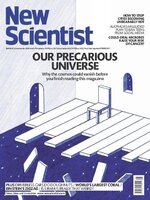 Nov 23 2024
Nov 23 2024
 Nov 16 2024
Nov 16 2024
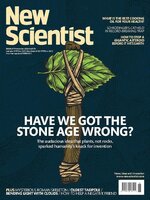 Nov 09 2024
Nov 09 2024
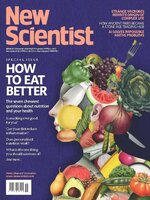 Nov 02 2024
Nov 02 2024
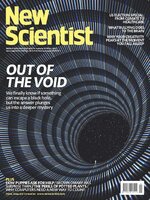 Oct 26 2024
Oct 26 2024
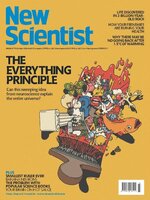 Oct 19 2024
Oct 19 2024
 Oct 12 2024
Oct 12 2024
 Oct 05 2024
Oct 05 2024
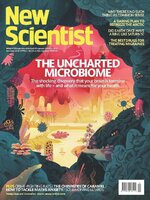 Sep 28 2024
Sep 28 2024
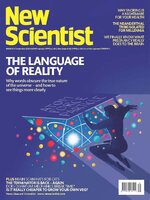 Sep 21 2024
Sep 21 2024
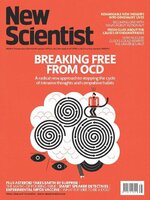 Sep 14 2024
Sep 14 2024
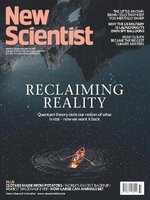 Sep 07 2024
Sep 07 2024
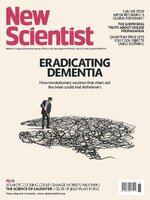 Aug 31 2024
Aug 31 2024
 Aug 24 2024
Aug 24 2024
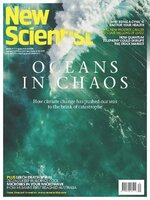 Aug 17 2024
Aug 17 2024
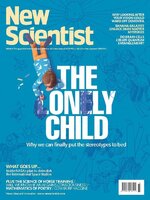 Aug 10 2024
Aug 10 2024
 Aug 03 2024
Aug 03 2024
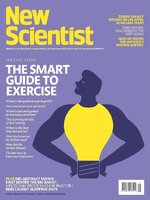 Jul 27 2024
Jul 27 2024
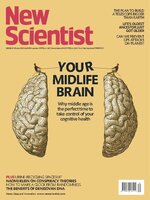 Jul 20 2024
Jul 20 2024
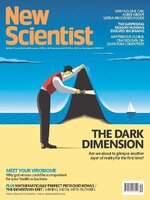 Jul 13 2024
Jul 13 2024
 Jul 06 2024
Jul 06 2024
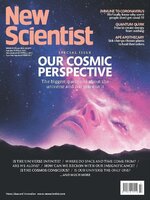 Jun 29 2024
Jun 29 2024
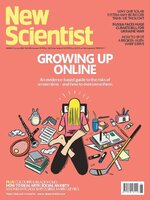 Jun 22 2024
Jun 22 2024
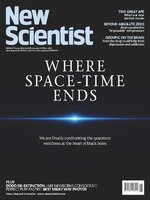 Jun 15 2024
Jun 15 2024
